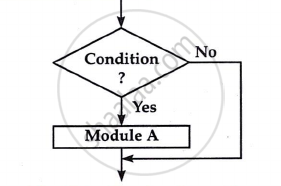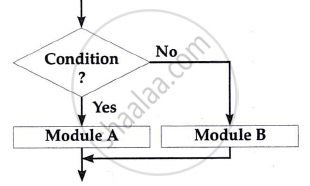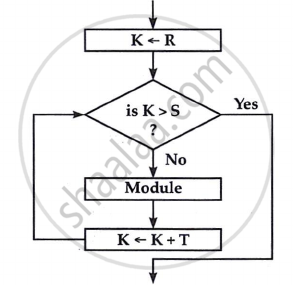Topics
Operating System
- Introduction to Operating System (OS)
- Idea of an Operating System
- Windows NT
- LINUX
- File Systems and Its types
- File Operations
- Access Methods and its types
- Allocation Methods
- Concepts Related to Process Management
- Concepts related to memory management
- Basics of Graphical User Interface (GUI)
- Access and Security Aspects of O.S.
Data Structures
C++ Programming
- Introduction to C++ Programming
- Idea Behind Object-Orientated Programming
- Object-orientated programming approach
- Object-Oriented Terms and Concepts
- Classes and Objects
- Constructors and Destructors
- Functions in C + +
- Arrays in C++
- Pointers in C++
- References in C++
- Strings in C++
- Inheritance
- Virtual functions and polymorphism
- Friends in C++
- Operator overloading and type conversions
- Files and Stream
HyperTex Markup Language (HTML)
- Data structure operations
- Algorithmic notation
Introduction to Data Structure
Data can be organized in different ways. The logical or mathematical model of a particular organization is called a Data structure. The model should reflect the actual relationships of data in the real world, and it should be simple enough so that data can be processed whenever required. Some of the data structures are arrays, linked lists, trees, queue and graph.
Data
Data are simply values or sets of values. A data item refers to a single unit of values. Data items that are divided into subitems are called group items. Data items which are not divided into subitems are called elementary items.
Record & Files
Suppose you have to make a table containing details of your employees. A record is a collection of field values of a given entity i.e. we can have one record for one employee. A file is a collection of records of the entities i.e. collection of all records of all employees forms a file.
Data structure operations
Following are operations that can be performed on a data structure:
- Traversing: Traversing means accessing each record (element) only once so that it can be processed.
- Searching: Searching means finding the location of a record (element) with the given key value or finding all records that satisfy condition.
- Inserting: Inserting means adding a new record (element) to the structure.
- Deleting: Deleting means removing the record (element) from the structure.
- Sorting: Sorting means arranging records (elements) in some logical order. For example, arranging names in alphabetical order or arranging numbers in ascending order.
- Merging: Merging means combining the records in two different files into a single file.
Control structures
There are three types of flow of control (or logic) :
- Sequential flow (Sequential logic): Algorithms consist of modules. Each module is a set of steps. In sequential flow the modules are executed one after the other.
- Conditional flow: In conditional flow, one or the other module is selected depending on condition. There are three conditional structures - A) Single alternative-

B) Double alternative

3.Repetitive flow: Here certain module is executed repeatedly unity condition satisfies.

